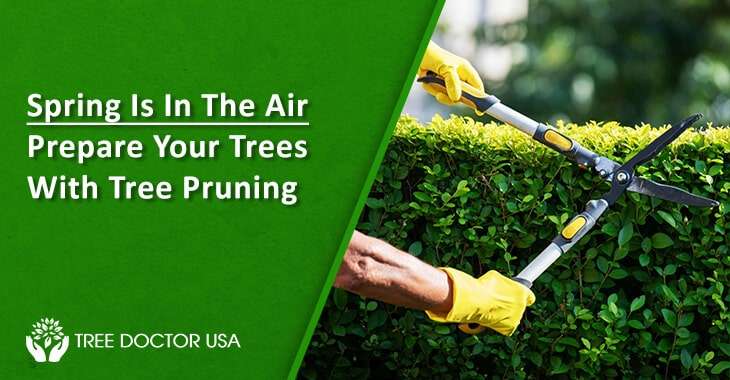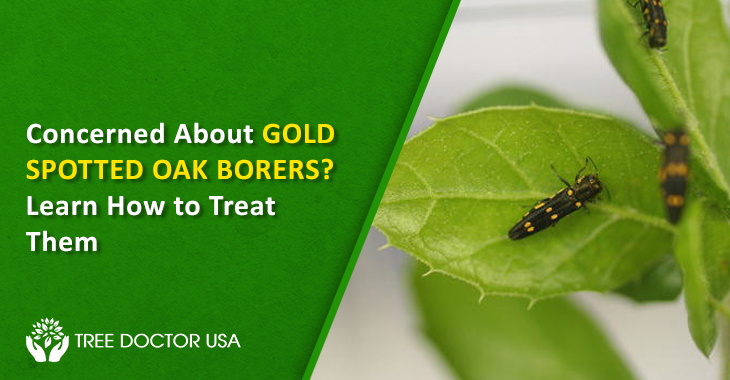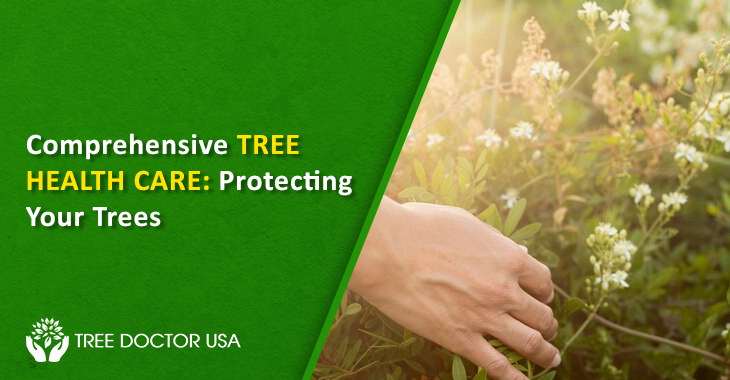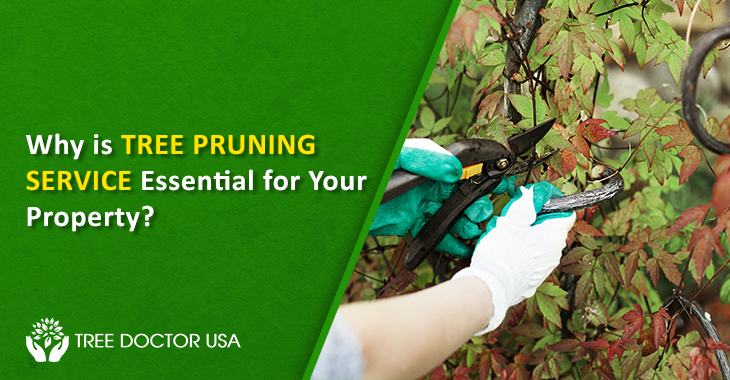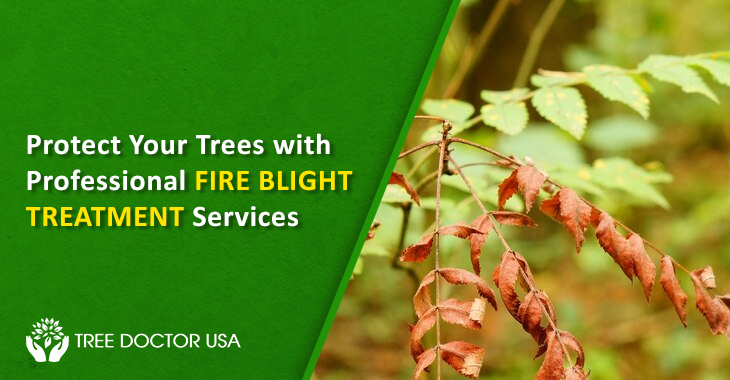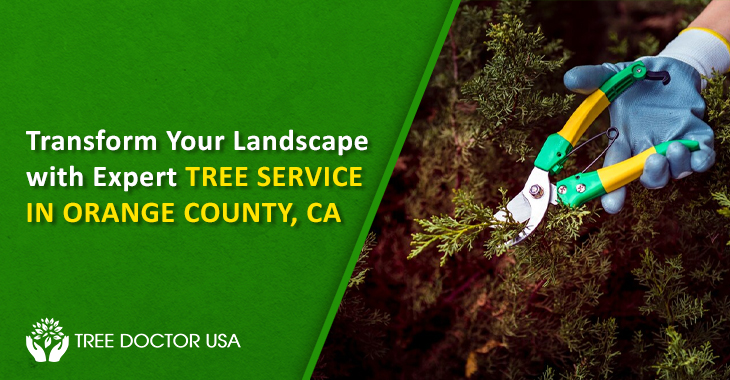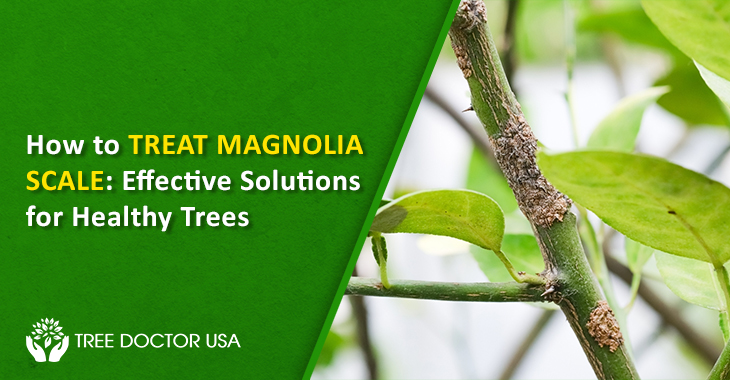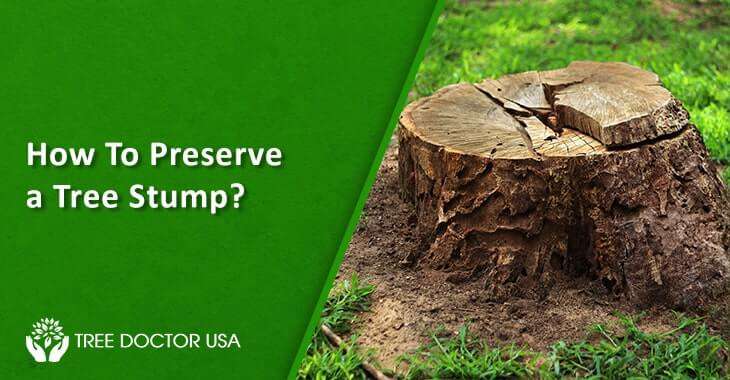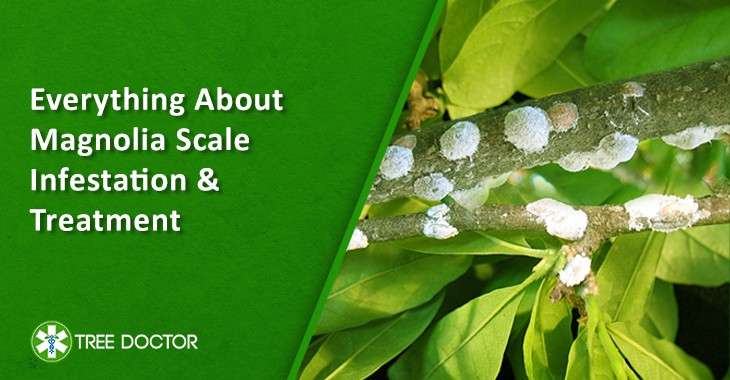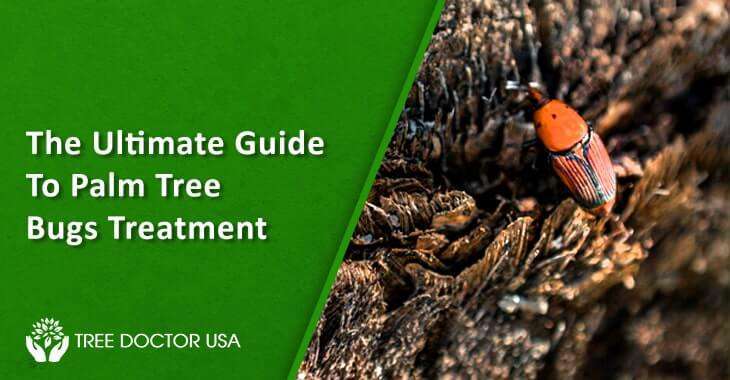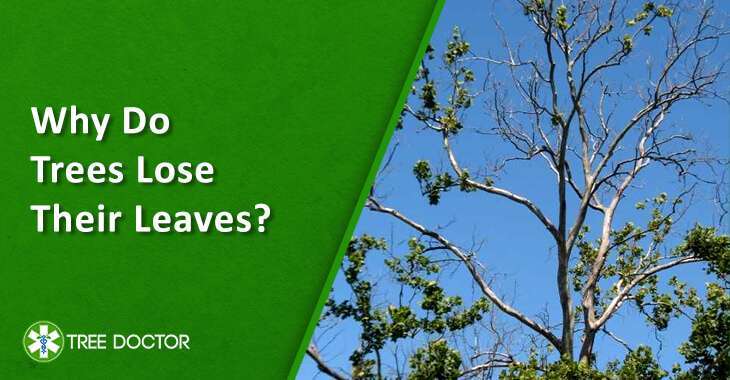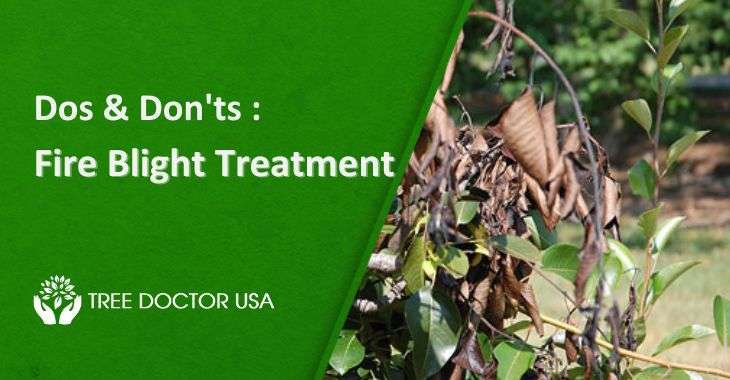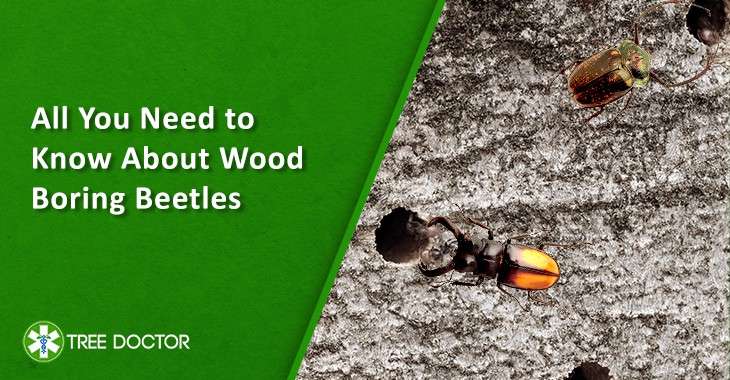Pruning Trees in the Spring – Key Facts To Consider
Usually, it is advisable to prune trees in winter before the spring growth starts sprouting. Trees are most dormant in winter and less susceptible to diseases, insect attacks, and pest infestation. However, there are many types of trees, and each tree type has different requirements varying from each other.
You cannot prune all trees in winter or a particular season. The routine has to align with the tree type. Pruning trees in spring may sound odd to the ears of amateur gardeners, but it is a viable option for a few tree types.
Moreover, winter can be tough for trees, and in the spring season, they are exposed to new growth. Pruning trees in spring helps deal with both situations. It controls spring growth and repels the winter damage trees have suffered during the season. However, spring pruning is a complex task and involves different techniques. These practices are hard to comprehend for novice gardeners.
In the blog, Tree Doctor USA experts have shared their knowledge to help gardeners learn pruning trees in spring. These tips will make gardeners understand important aspects of Tree Pruning Services and how it impacts the tree. Our experts have listed techniques and proactive care tips gardeners can use to maintain their yards in the season.
Why Pruners Trees In Spring?
Spring is the best time to refresh overgrown trees and shrubs and control their growth through pruning. Spring tree pruning heals tree wounds and closes them before new buds start growing. The practice allows the tree to recover from the damage before the warm weather and dryness set in the environment.
The other reason to prune trees during spring is that it enables tree pruners to inspect the tree structure before new buds start sprouting. Pruners can clearly see the tree structure, control excess growth, cover wounds, and eliminate dead tree parts. They can easily spot damaged branches, stems, and twigs and cut them off to promote healthy growth.
Types Of Pruning Trees in Spring Season
- Early Spring – Cherry, plum, trumpet vine, peach, apple
- During Spring – Virginia creeper, rose, clematis, wisteria
- When Buds Start Appearing – Rose of Sharon
- After Flowering – Forsythia, lilac, rhododendron, forsythia, climbing rose, and flowering dogwood
How To Tree Pruners In The Spring?
1. Prune Before Buds Start Appearing
Prune flowering and deciduous trees before new leaves, buds, and blossoms start appearing on the tree. Prune the damaged branches and sick tree parts. Channelize tree growth through pruning as trees collect energy in the root system and release it during spring. The energy promotes speedy growth and better productivity.
2. Follow The Natural Branch Cutting Pattern
Follow a natural branch-cutting pattern to abolish winter damage and dead tree foliage. Trim the damaged areas carefully while preserving their original structure. Prune slowly, pick one branch at a time, and avoid over-pruning or vigorous pruning to achieve long-term results.
3. Eliminate Damaged Tree Parts
Remove dead, diseased, infested, damaged, and overgrown branches in early spring from late March to early April. Avoid removing more than 10 to 20% of branches as it will minimize the tree’s potential and growth. Improper or excess pruning will overtly stress your trees, leading them to more harm.
4. Remove Over Rubbing Branches
Eliminate limbs rubbing over each other, restricting sunlight. Remove narrow, V-shaped angle parts and avoid leaving stubs while pruning branches and trunk. Prune tree limbs that develop in the center and cut close to buds, branches, and the tree trunk.
Also Read – Prepare Your Trees For Spring With Tree Removal
Proactive Tips For Spring Tree Service and Maintenance
- Remove debris, dead leaves, rotten fruits, dry flowers, and broken twigs sprawled around and beneath the tree. Use a rake to clean your yard to welcome new growth and stop the ground from breeding fungi, bacteria, and pests.
- Winter often puts the garden through the stress of sleet, rain, and snow. While cleaning the yard, assess each tree part carefully. Take a close look at the tree canopy, branches, trunk, roots, soil, and nearby shrubs. Identify damaged parts and choose a technique to remove them or seek the help of Tree Doctor USA experts.
- Hidden pests and insects may create havoc in your lawn and overtake it during the spring season. Better to eliminate pest growth before the larvae turn to adult beetles and spread the infestation to the rest of the tree. Assess your tree to identify pest presence and use preventative treatment to abolish them at the early stage.
- Handpick caterpillars and other small insects if they are present in a few numbers. If your trees are facing health issues due to pest and insect attacks and showing symptoms of sickness, then connect with arborists. Treating infestation and disease before receiving spring growth will make the tree healthy and fit to grow back during the season.
- Mulch your trees to help the soil retain water and moisture. Tree mulching will abolish existing weeds and fungal growth. However, spread the mulch around the tree bottom and avoid applying it over the tree trunk. The application of a mulch layer over the trunk will enable the tree to retain heat and moisture that may lead to fungal growth.
- Provide adequate nutrients, compost, and use slow-release fertilizers to fertilize your soil. The practice will encourage better growth and improve resistance power against diseases, insects, and pest infestation.
- Follow a set irrigation routine to eliminate the impact of winter. Soil froze during winter due to low temperatures, and frozen soil fails to retain water. The inefficiency leads to water runoff and scarcity. However, in the spring, the weather starts changing, and the soil turns moist again. You should water the tree in the early morning, at least twice or thrice a week.
- Hire professionals for Tree Trimming Services, pruning, and maintenance. Experienced arborists will test the soil, identify arising issues, pest presence, and potential damage, and plan their treatment process. They will prepare your trees to grow well and flourish in the spring season.
How Can Tree Doctor USA Help With Spring Tree Pruning And Maintenance?
Tree Doctor USA is a family of experienced arborists working together for the well-being of trees and the environment. We help tree owners maintain their trees and use various techniques to boost tree growth and keep it healthy and green forever. You can hire experienced arborists from our team for spring tree pruning and maintenance.
Conclusion
Tree pruning in spring will enhance the tree’s fertility and help it attain new growth properly. However, the work is really different and requires keen attention and knowledge. It will bear fruit if done properly. Otherwise, over or improper pruning will damage the tree and stop it from flourishing in the blooming season. We suggest you stay careful or hire professionals for the work. Call us for your tree pruning appointment today with our expert team!

